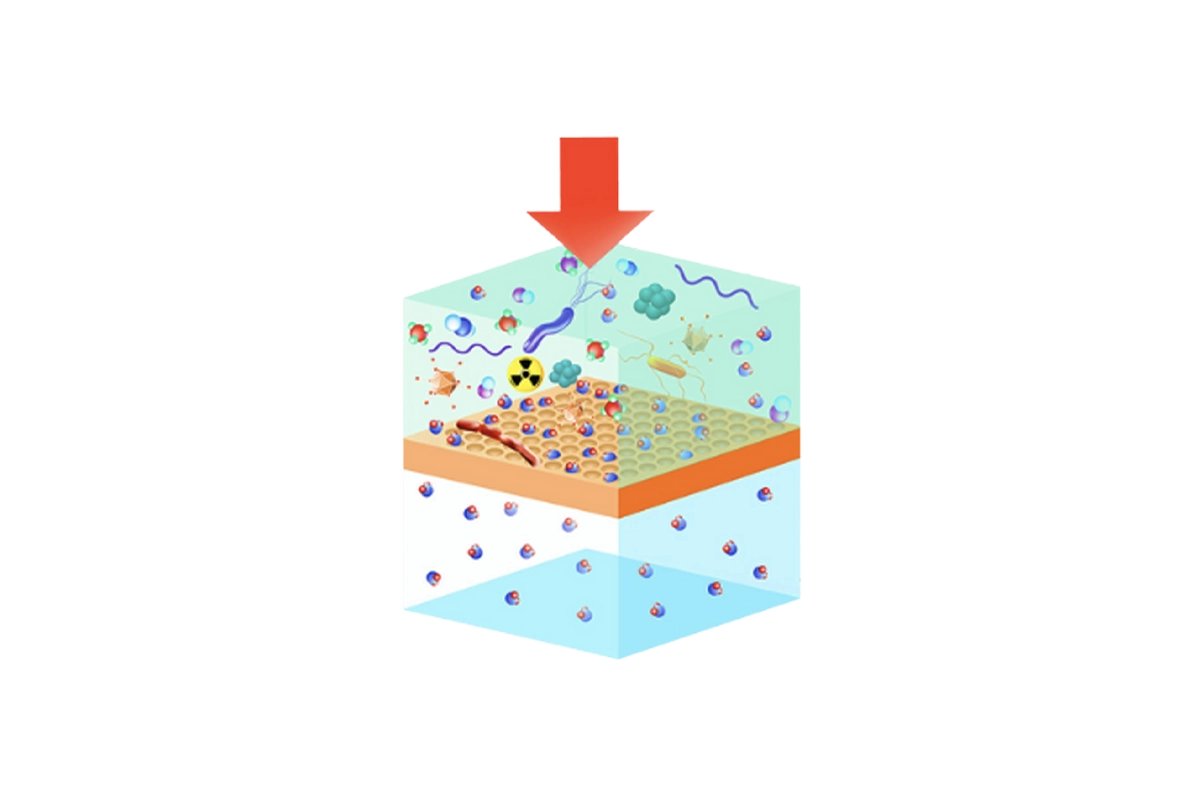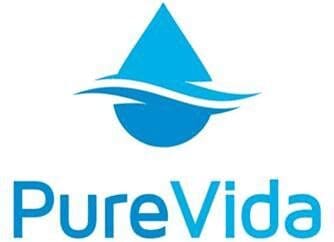1. Effective Contaminant Removal
One of the primary reasons reverse osmosis is so popular is its ability to filter out a wide range of contaminants. RO systems use a semi-permeable membrane to remove harmful substances, including:
- Heavy metals (lead, mercury, arsenic)
- Chlorine and its by-products
- Fluoride
- Nitrates and sulfates
- Bacteria, viruses, and other microorganisms
- Total dissolved solids (TDS)
With its small pore size, the RO membrane ensures that only water molecules pass through, leaving behind harmful contaminants. This provides your home or business with exceptionally clean, contaminant-free water.
2. Improved Taste and Odor
Many contaminants in water, such as chlorine and sulfur compounds, negatively affect its taste and smell. Reverse osmosis removes these impurities, resulting in water that tastes fresh and smells clean. Whether for drinking, cooking, or brewing coffee, RO water significantly enhances the flavor, making it a better choice for daily consumption.
3. Health Benefits of Reverse Osmosis Water
Contaminated water can lead to serious health risks, including exposure to lead, arsenic, and harmful microorganisms. Reverse osmosis systems help eliminate these health hazards, providing safe drinking water.
For those with conditions like high blood pressure or kidney problems, the removal of excessive sodium through RO systems can be particularly beneficial.
4. Environmental Benefits of Using Reverse Osmosis
By reducing the need for bottled water, RO systems can help cut down on plastic waste, addressing the growing issue of plastic pollution. You’ll also reduce your carbon footprint since RO systems purify water on demand, eliminating the energy and fuel needed for bottled water production and transportation.
5. Cost-Effective Water Purification Solution
While regularly buying bottled water can add up, installing an RO system is a more affordable long-term solution. Maintenance costs are minimal, and the only ongoing expense is replacing filters, which is far cheaper than constantly purchasing bottled water.
6. Low Energy Consumption
Unlike distillation and other water purification methods, reverse osmosis uses little energy. It primarily relies on water pressure rather than heat or chemicals, making it an energy-efficient solution for obtaining clean water.
7. Versatile Applications of Reverse Osmosis
Reverse osmosis technology is versatile and adaptable for various settings. In addition to homes, it’s used in hospitals, laboratories, and industries like food and beverage production, where high water quality is essential. This demonstrates the effectiveness of RO systems across different sectors.
8. Minimal Maintenance Requirements
RO systems are low-maintenance, requiring only occasional filter and membrane changes. Most modern systems offer convenient maintenance indicators, so you’ll always know when it’s time to replace components, making it easy to keep your system running smoothly.
Conclusion
Reverse osmosis is a proven and effective method for water purification, offering numerous advantages, from improving health and taste to promoting environmental sustainability. Whether for personal use or commercial applications, RO systems are an excellent investment for access to clean, safe water.
If you’re considering an upgrade to your water purification system, reverse osmosis is the top choice. For more information on our RO products or to try one for free, don’t hesitate to contact us!
References
Water Research Journal
Journal of Membrane Science
EPA Water Treatment Methods
WHO Drinking Water Standards
CDC Water Treatment
AWWA Reverse Osmosis
NSF/ANSI Standards for RO Systems
MIT Water Innovation Hub
“Water Treatment Plant Design” by American Water Works Association
“Membrane Technology and Applications” by Richard Baker
USGS Water Quality
Healthline on Reverse OsmosisConsumer Reports Water Filters
IPCC Reports
UNEP Water



